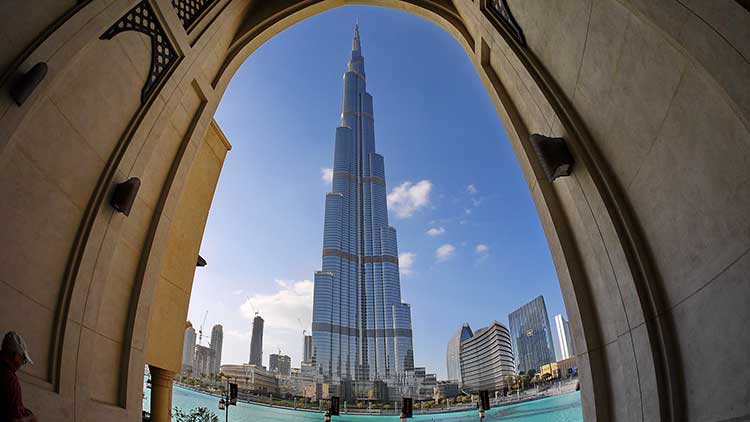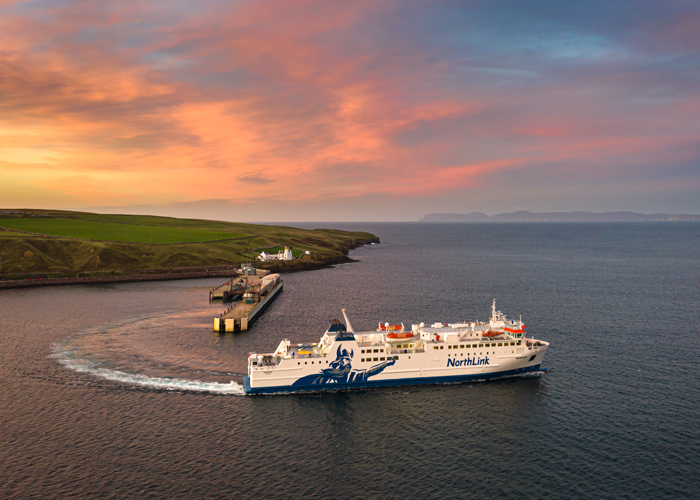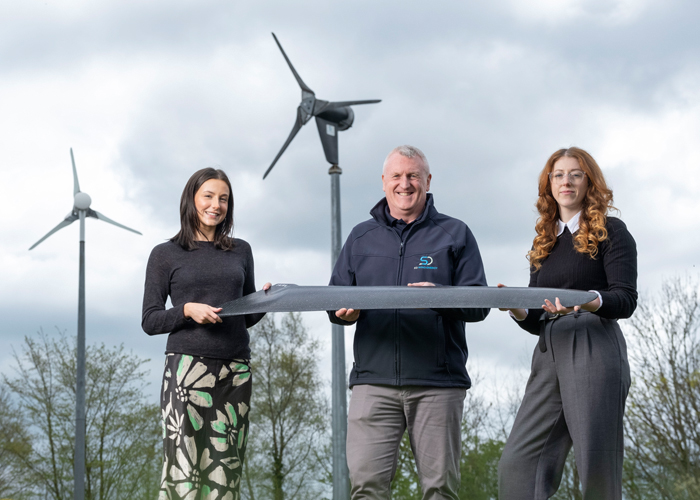There’s no doubt about it, technology is rapidly evolving across the world and with it, we’re seeing more and more unusual buildings and structures. However, these complex buildings come with increasingly unique requirements, including the vital aspect of climate control.
In this article, we explore the various approaches to climate control in advanced buildings around the globe.
Amazon’s Seattle Offices
Amazon Seattle Office is known for its innovative approach to heating; the entire office is heated by capturing the warm air produced by its data centres, which is a fascinating way to reuse waste!
What’s even more extraordinary is that the data centres aren’t actually owned by Amazon. The heat is collected from the Westin building across the street from their offices. It’s a two-fold victory, as it helps Amazon to save energy and gives Westin a good way to sustainably deal with waste heat. The heated water is piped from the data centres to a central plant belonging to Amazon and is put through heat-reclaiming chillers. This is then used to supply the office’s heating needs, and the now-cold water is sent back to Westin to help cool their data centres. Amazon is set to save 65 million pounds of coal’s worth of CO2 emissions over 25 years with this approach.
The Burj Khalifa
Burj Khalifa is the tallest building in the world, standing at 2,716.5 feet. Situated in a desert environment with an average temperature of 41°C, the tower is truly triumph of technology and to keep it cool is a task in and of itself. So, how do they do it?
Workers use a variety of methods to keep the building cool. Primarily, ice-chilled water is used to cool the building, and this is supplied by three plants. During off-peak hours, the central water plant creates an ice slurry that makes the water icy cold. This chilly water is sent through the tower in a series of pipes to heat exchangers at three different levels. Once the cold water has cooled the air for the air conditioning unit to use, it is sent back down to the central water plant again.
There are a few key benefits to this approach:
- It is better for the environment, as it allows the tower to conserve energy
- It reduces the amount of space needed for cooling equipment
Originally, the air conditioning system had to be turned on gradually over a one-week period. This was to prevent pockets of warm air from forming in the building.
The has four air-cooled chillers to support the data centres in case the current system were to fail for any reason.
British Airways i360
The 450-foot British Airways i360 is the tallest moving observation tower and sets a new challenge for climate control. The structure houses a restaurant, a shop, conference rooms, exhibition spaces, wedding venues, and of course a 360° panoramic view in its moving 94-ton pod.
The building is powered by renewable energy thanks to the Daikin VRV IV system. A constant supply of fresh air is circulated by heat recovery ventilation units throughout the building — this is crucial for reducing the demand on each air conditioning unit that needs to balance the indoor temperature with a different outside temperature.
The building has a number of location-based requirements to work around too. One, the units need to be out of sight. Two, they need to be able to withstand the corrosive nature of salty sea air! Therefore, the VRV IV outdoor units have been installed in a discreet location, and are treated with a specialist factory-applied Blygold coating to protect them from the salt in the air. The result is an energy-efficient, streamlined, and sea-air-ready HVAC system that supports this complex and unique building.
What does the future of climate control look like?
With buildings becoming larger and more complicated, it is evident that our climate control methods must adapt alongside them. The Independent reported on another ambitious project blossoming in Dubai — the world’s largest shopping centre. But calling it a shopping centre seems a little unfair; the project intends to cover 48 million square feet, making it a shopping city. With the world’s largest theme park, a Broadway-style theatre district, and an Oxford Street inspired shopping area, the Mall of the World is a gargantuan undertaking on so many levels. Crucially, it is being touted as the first climate-controlled city in the world.
Will we continue to see climate control methods that blend natural resources with new technology? The world’s structures are only going to get more complex, so it will be interesting to see how requirements like heating and cooling are addressed in such builds.
This is supported content
Sources:
https://www.airah.org.au/Content_Files/HVACRNation/2010/March2010/HVACRNation2010-03-F01.pdf
https://gulfnews.com/news/uae/general/cool-job-air-conditioning-burj-dubai-1.559999
https://www.greenbiz.com/article/ultra-efficient-hidden-heat-source-amazons-new-hq
https://www.daikin.co.uk/en_gb/case-studies/vrv/ba-i360.html





